This article was co-authored by Jamie Freyer, DVM. Dr. Jamie Freyer is a Licensed Doctor of Veterinary Medicine based in Washington. With over ten years of experience in clinical practice and industry, she specializes in veterinary medicine and surgery, animal behavior, and animal genetics. Dr. Freyer holds a BS in Life Science from The University of Portland and a DVM from Oregon State University.
There are 10 references cited in this article, which can be found at the bottom of the page.
This article has been viewed 110,892 times.
In addition to the upper and lower eyelids, a cat’s eyes have third eyelids. Located in the corners of the eyes closest to the nose, third eyelids protect the eyes from potential injury and produce tears to keep the eyes healthy. The third eyelids normally stay hidden; nerves within the eyes control when they come out (‘protrude’) and retract back. In some circumstances, though, one or both third eyelids remain protruded. If you see protrusion of either of your cat’s third eyelids, take her to the vet for treatment.[1]
Steps
Treating a Diagnosed Protrusion
-
1Seek and follow the treatment advice of your vet.[2] Sometimes, a third eyelid protrusion will resolve on its own.[3] In other cases, though, veterinary treatment will be necessary to move the third eyelid back to its normal position. After examining your cat’s eyes, your vet will come up with a treatment plan, which will likely consist of medication and surgery.
- Ask your vet any questions you may have about the recommended treatments, such as how the medications work and how the surgical procedure is performed.
- Following the treatment plan will increase the chances of successfully treating the protrusion.
-
2Give your cat an anti-inflammatory medication. If the protruded third eyelid or tear gland is red and irritated, anti-inflammatory eye drops will be useful. Steroids are anti-inflammatory. For cherry eye (protrusion of the third eyelid’s tear gland), a steroid eye drop could relieve the inflammation enough for the tear gland to move back to its normal position.[4]
- To give your cat eye drops, hold her gently yet firmly in your lap or place her on a sturdy flat surface. Tilt her head up, open her eyelids up with your non-dominant hand, and put the prescribed number of drops in her eye with your dominant hand.
- When you give the eye drops, make sure the bottle tip does not touch her eye.[5]
- Cats usually do not like getting eye drops. Consider giving the eye drops close to your cat's mealtime. Her mealtime will serve as her reward.[6]
Advertisement -
3Treat the underlying medical condition. If a medical condition is causing the third eyelid protrusion, it should be treated as well. For example, a heavy intestinal worm burden has been associated with Haw syndrome.[7] Your vet would prescribe a dewormer to kill the worms.
-
4Administer topical epinephrine. Epinephrine, also known as adrenaline, is used to treat Haw syndrome (both third eyelids are protruded). A few drops of epinephrine will cause the third eyelids to rapidly retract back into their proper positions. The third eyelids may end up spontaneously retracting in a few weeks or months.[8]
- However, the administration of eyedrops is rarely done in practice. This is because the eyelid protrusion is a symptom rather than a syndrome on its own. The protrusion is not harmful, so most vets prefer to explain the above and either treat the underlying cause or wait for the protrusion to resolve on its own.
- A drug called phenylephrine is similar to epinephrine and can be used to treat Haw syndrome.[9]
- The topical epinephrine or phenylephrine would be applied in the same way as the topical anti-inflammatory. Follow your vet’s instructions regarding the number of drops to put in the affected eye(s).
Recognizing a Potential Protrusion
-
1Look for the third eyelid. The third eyelid is white or light pink. If it is protruding, it will come out and at least partially cover the cornea (clear covering of the eye). As long as the third eyelid is covering less than 50% of the cornea, your cat will still be able to see fairly well.
- Haw syndrome is a neurologic condition in which both third eyelids protrude.[10]
- Horner’s syndrome, another neurologic condition, can also cause third eyelid protrusion.[11]
- The third eyelid has its own tear gland. Instead of seeing the third eyelid itself, you may see its tear gland protruding. This condition is called cherry eye, which is rare in cats. The gland will look like a pink, oval mass.[12]
-
2Remember when you see the eyelid protrusion. A protruding third eyelid is not always abnormal. For example, it will protrude when your cat is sleeping deeply and retract back when she wakes up. It will also come out if she gets into a cat fight—a small eye muscle will pull the eye back into the socket, allowing space for the third eyelid to come out. If the third eyelid protrudes when eye protection is not needed, then the protrusion is likely abnormal. Causes of abnormal protrusion include:
- Significant weight loss or dehydration, causing the eye to sink back into the eye socket
- Third eyelid tumor or inflammation
- A mass within the eye, pushing the third eyelid forward
- Neurologic problem (Haw or Horner’s syndrome) affecting nerve control of third eyelid
-
3Check your cat’s eyes for redness. If your cat’s third eyelids are protruding, her eyes may become red from irritation. For example, if the third eyelid’s tear gland is protruding, it may become red from airborne dust.[13] Dust could also cause the third eyelid itself to become irritated and red.
-
4Take your cat to your vet. Third eyelid protrusion in cats can have many causes. Your vet will need to perform a detailed eye examination and perform some other diagnostic tests to determine the protrusion’s cause. During the eye exam, your vet will examine the protruded third eyelid, measure tear production (Schirmer tear test), test the pupils’ response to light (pupillary light reflex), and use a fluorescent green stain to look for injuries to the cornea.
- If your vet suspects a neurological cause, they may want to perform other diagnostic testing, including a neurologic exam and skull x-rays.[14]
- Over-the-counter (OTC) eye treatments for people don’t work well in cats. Do not treat your cat’s eyes with OTC treatments before taking her to your vet. Doing so could make it more difficult for your vet to diagnose the protrusion.
- If your cat suffered an eye injury, take her to your vet immediately for treatment.
Expert Q&A
-
QuestionWhat causes third eyelid protrusion in cats?
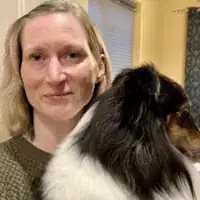 Jamie Freyer, DVMDr. Jamie Freyer is a Licensed Doctor of Veterinary Medicine based in Washington. With over ten years of experience in clinical practice and industry, she specializes in veterinary medicine and surgery, animal behavior, and animal genetics. Dr. Freyer holds a BS in Life Science from The University of Portland and a DVM from Oregon State University.
Jamie Freyer, DVMDr. Jamie Freyer is a Licensed Doctor of Veterinary Medicine based in Washington. With over ten years of experience in clinical practice and industry, she specializes in veterinary medicine and surgery, animal behavior, and animal genetics. Dr. Freyer holds a BS in Life Science from The University of Portland and a DVM from Oregon State University.
Licensed Veterinarian Different factors can cause it! If a cat has an ulcer, the third eyelid will form as a protective mechanism. In other cases, the third eyelid may appear suddenly and in conjunction with GI issues—this is known as Haws Syndrome.
Different factors can cause it! If a cat has an ulcer, the third eyelid will form as a protective mechanism. In other cases, the third eyelid may appear suddenly and in conjunction with GI issues—this is known as Haws Syndrome. -
QuestionWhat if my cats third eyelid won't go away?
 Jamie Freyer, DVMDr. Jamie Freyer is a Licensed Doctor of Veterinary Medicine based in Washington. With over ten years of experience in clinical practice and industry, she specializes in veterinary medicine and surgery, animal behavior, and animal genetics. Dr. Freyer holds a BS in Life Science from The University of Portland and a DVM from Oregon State University.
Jamie Freyer, DVMDr. Jamie Freyer is a Licensed Doctor of Veterinary Medicine based in Washington. With over ten years of experience in clinical practice and industry, she specializes in veterinary medicine and surgery, animal behavior, and animal genetics. Dr. Freyer holds a BS in Life Science from The University of Portland and a DVM from Oregon State University.
Licensed Veterinarian Visit a veterinary professional and get a thorough exam of your cat's eye to make sure that nothing else is going on.
Visit a veterinary professional and get a thorough exam of your cat's eye to make sure that nothing else is going on.
References
- ↑ http://www.scientificamerican.com/article/why-do-cats-have-an-inner/
- ↑ Jamie Freyer, DVM. Licensed Veterinarian. Expert Interview. 8 October 2021.
- ↑ http://www.vcahospitals.com/main/pet-health-information/article/animal-health/horners-syndrome-in-cats/3977
- ↑ https://www.vetinfo.com/cherry-eye-in-cats.html
- ↑ https://www.vetinfo.com/give-cats-eye-drops.html
- ↑ https://www.medicanimal.com/3-Steps-to-Correctly-Administer-Eye-Drops-to-Your-Cat/a/ART111471
- ↑ Nelson RW and Couto CG. Small Animal Internal Medicine, 3rd edition, 2003. Page 990.
- ↑ Nelson RW and Couto CG. Small Animal Internal Medicine, 3rd edition, 2003. Page 990.
- ↑ http://www.infovets.com/healthycatsinfo/f218.htm#Bilateral%20Protrusion
- ↑ Nelson RW and Couto CG. Small Animal Internal Medicine, 3rd edition, 2003. Page 990.
- ↑ http://www.vcahospitals.com/main/pet-health-information/article/animal-health/horners-syndrome-in-cats/3977
- ↑ http://www.petmd.com/cat/conditions/eyes/c_ct_prolapsed_gland?page=show
- ↑ https://www.vetinfo.com/cherry-eye-in-cats.html
- ↑ Nelson RW and Couto CG. Small Animal Internal Medicine, 3rd edition, 2003. Page 989.
- ↑ http://www.vcahospitals.com/main/pet-health-information/article/animal-health/horners-syndrome-in-cats/3977
About This Article
To treat third eyelid protrusion in cats, start by taking your kitty to the vet to have the seriousness of the condition evaluated. After examining your cat’s eyes, your vet will likely suggest a treatment plan consisting of medication and, depending on the severity of the problem, surgery. If the protruded third eyelid or tear gland is red and irritated, ask the vet about prescription anti-inflammatory or steroid eye drops that you can administer at home. For more helpful tips from our Veterinary co-author, like how to administer eye drops to a squirmy kitty, read on!
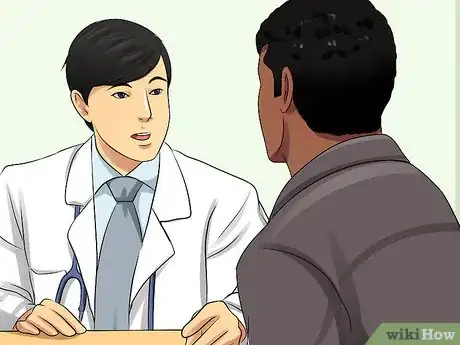
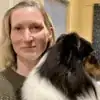
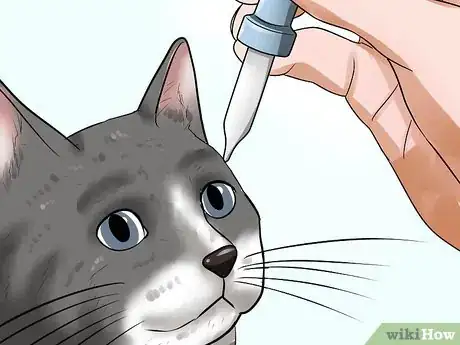
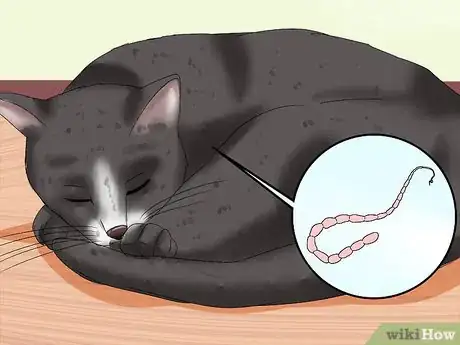
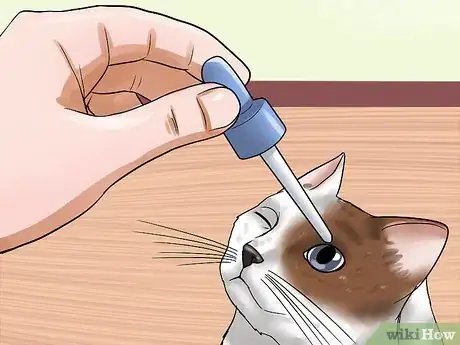
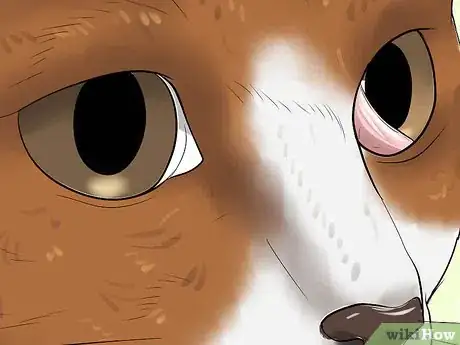
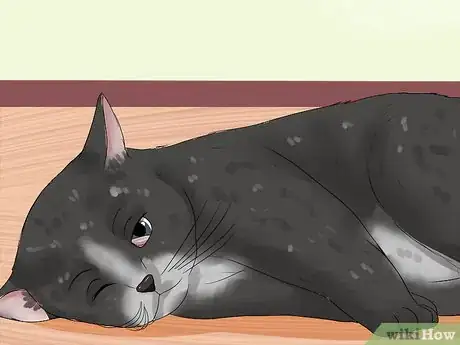
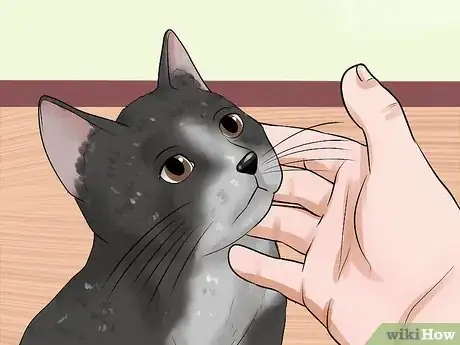
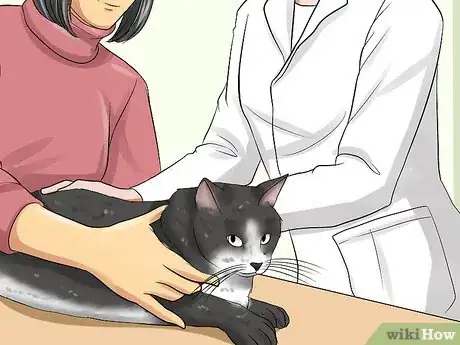
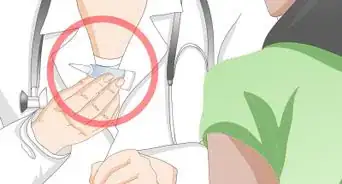
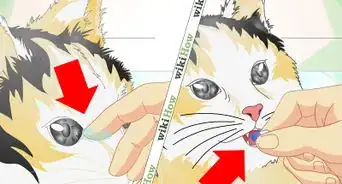
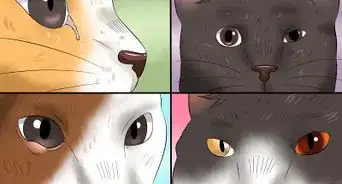
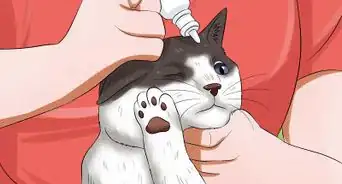
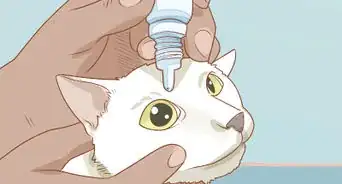
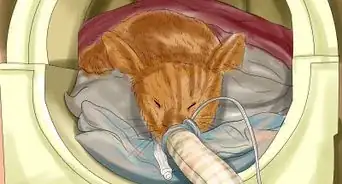
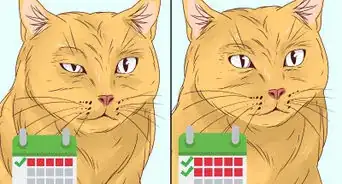
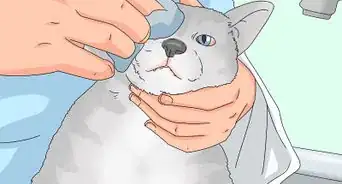
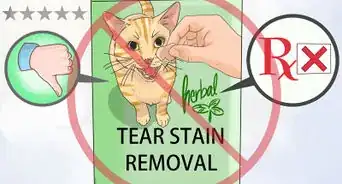
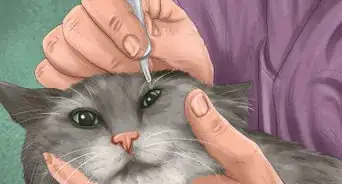
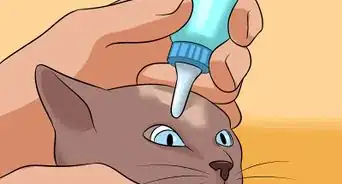
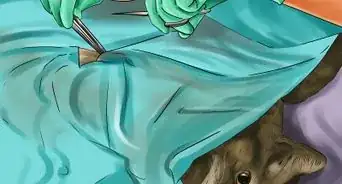







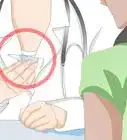
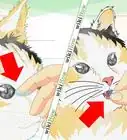
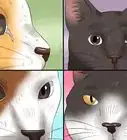
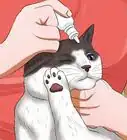



































Medical Disclaimer
The content of this article is not intended to be a substitute for professional medical advice, examination, diagnosis, or treatment. You should always contact your doctor or other qualified healthcare professional before starting, changing, or stopping any kind of health treatment.
Read More...